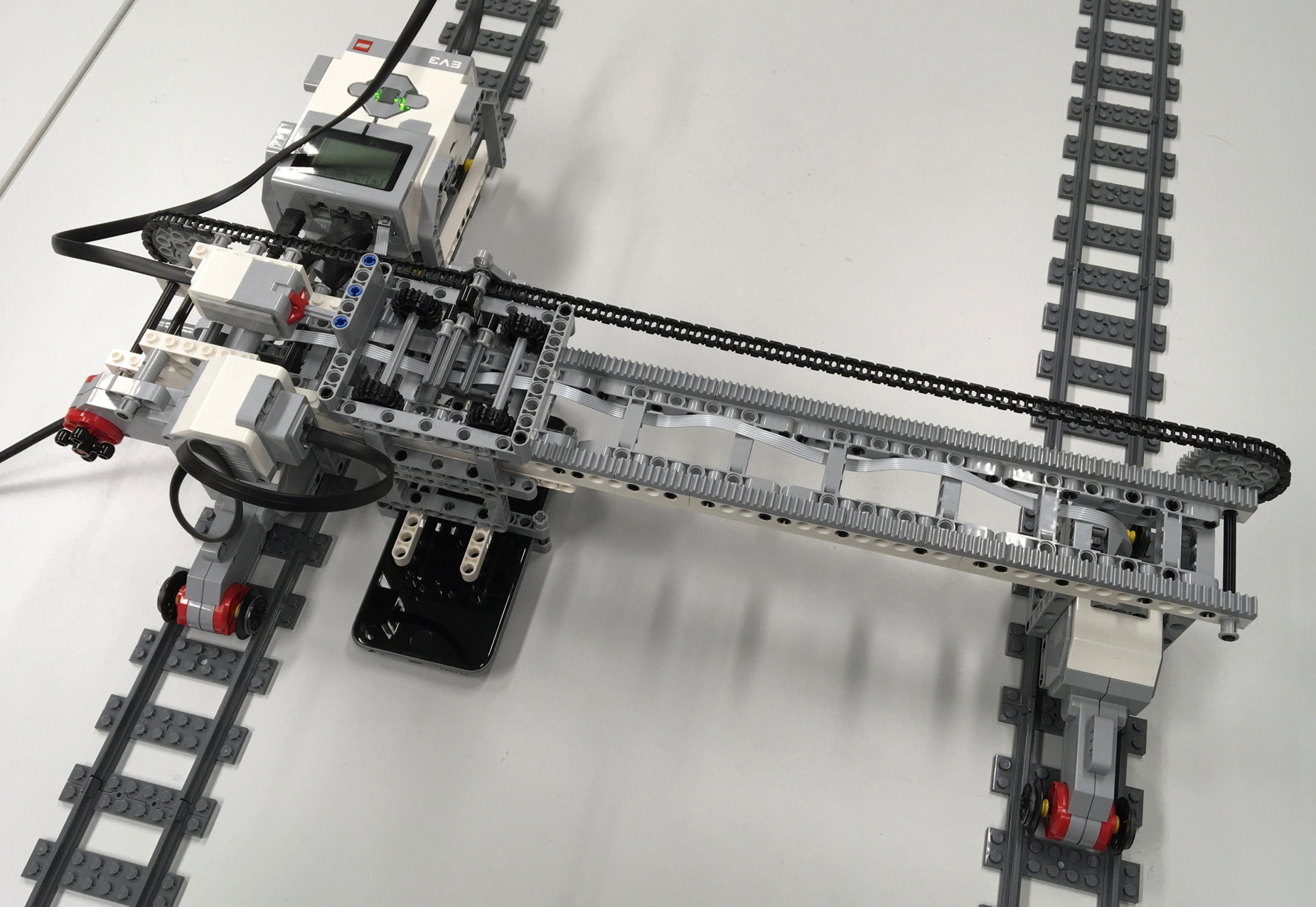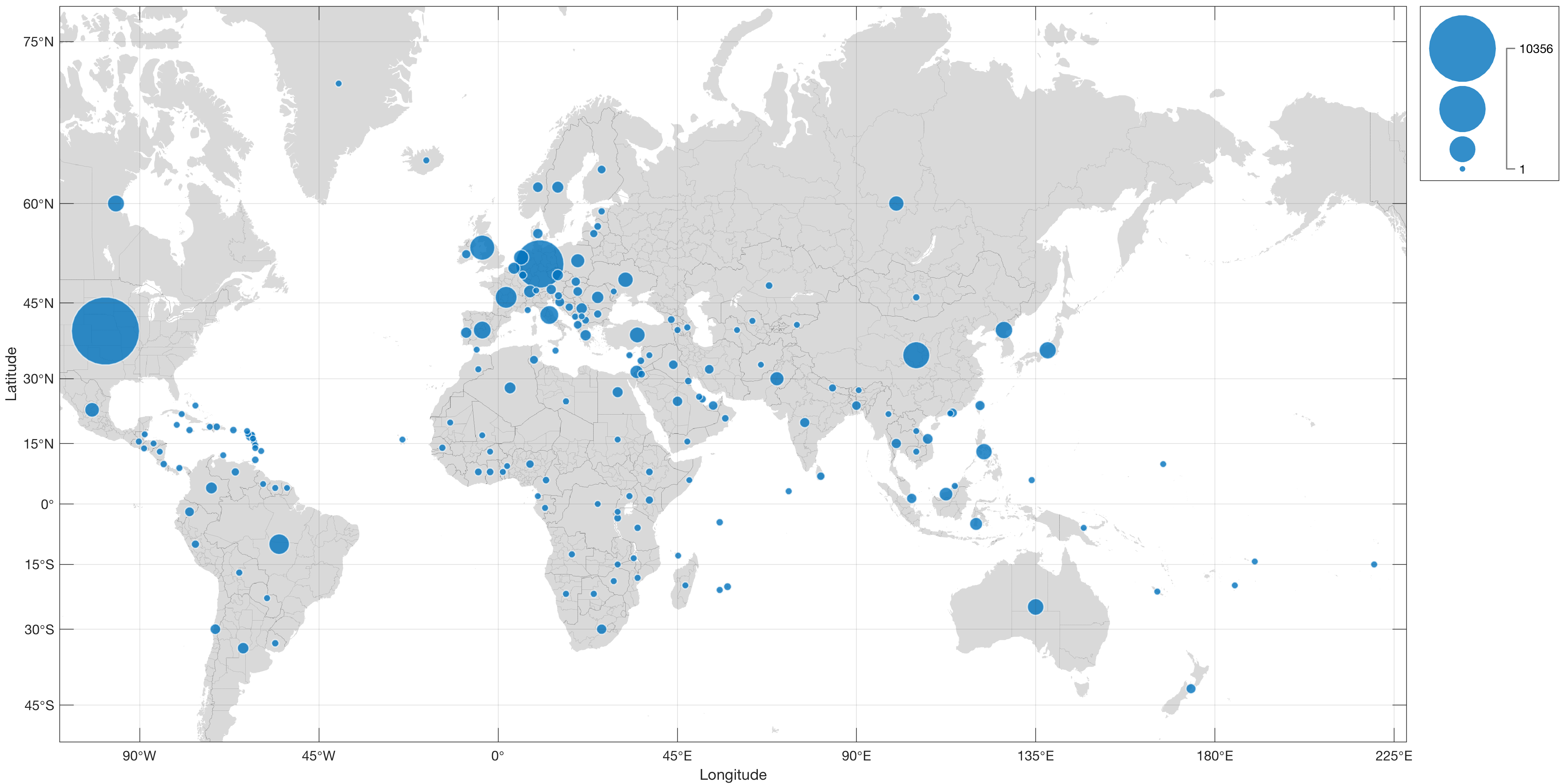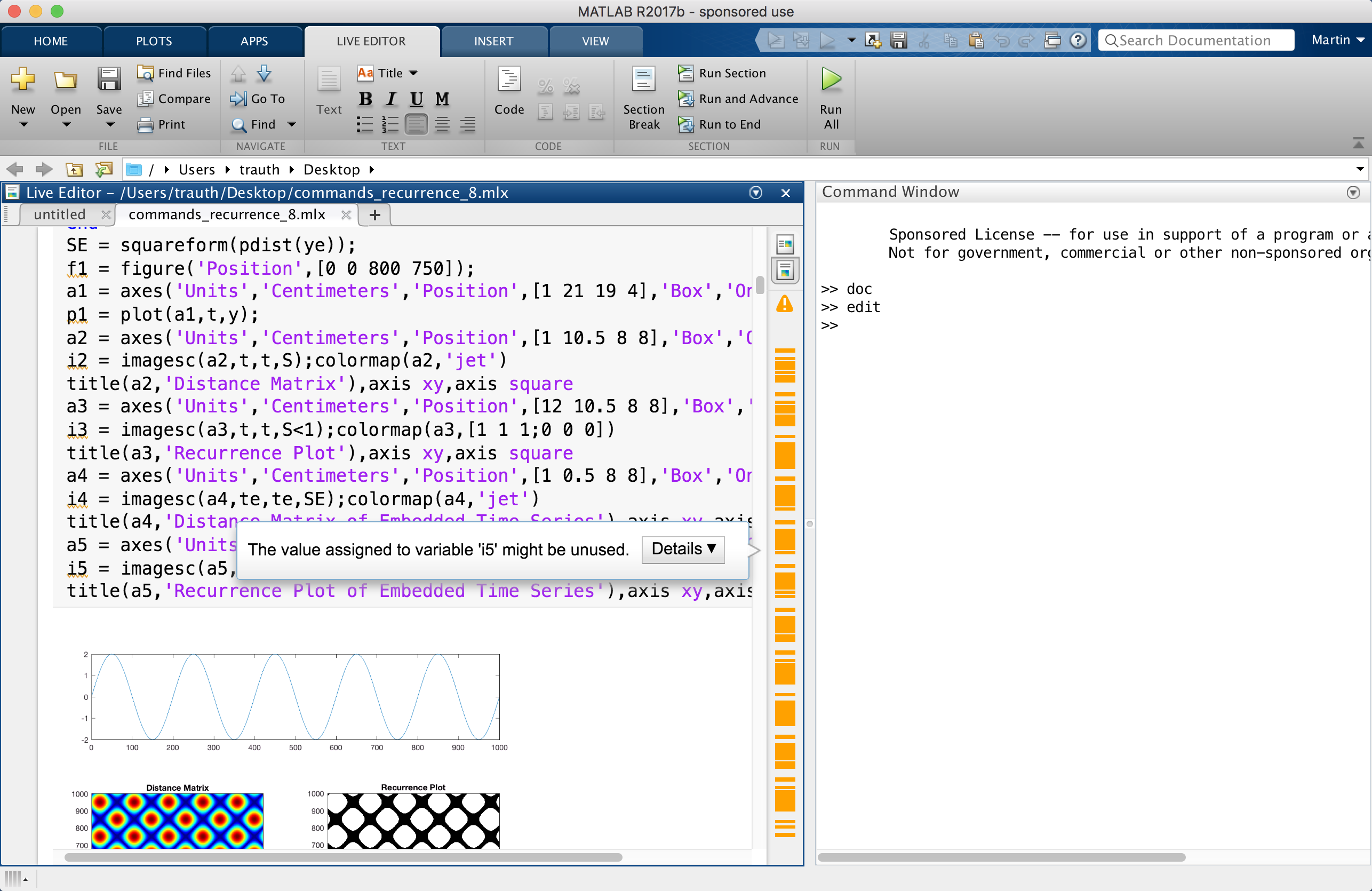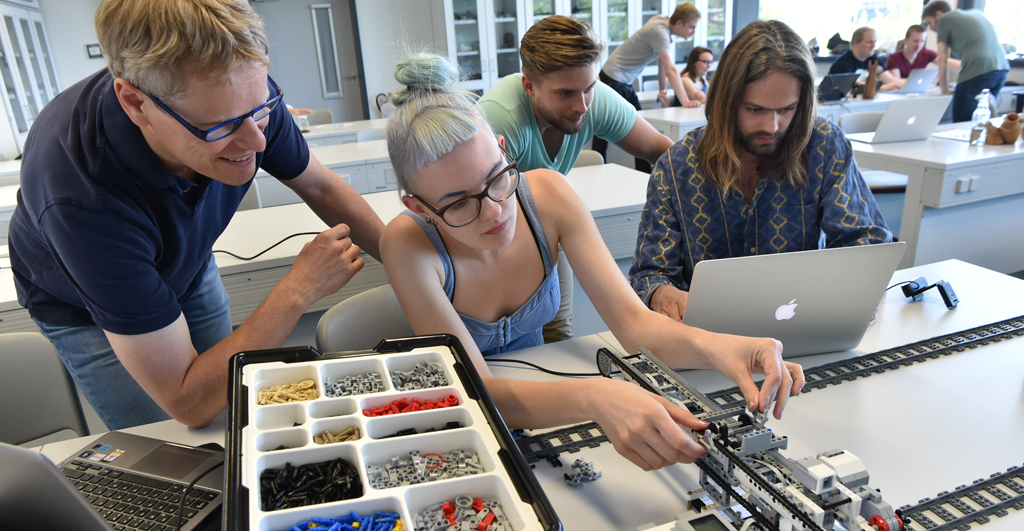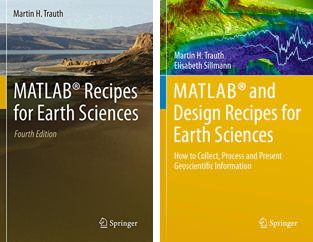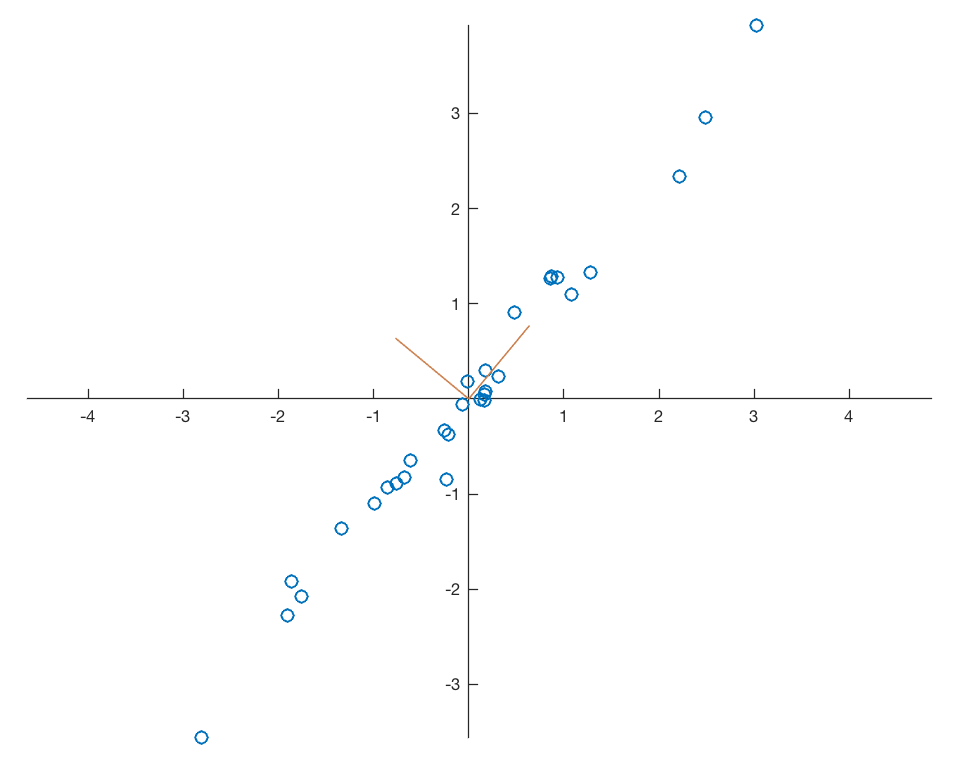Together with colleagues Bodo Bookhagen, Simon Schneider and Jens Tronicke, I am convening a session on “Classroom-sized earth science experiments” at the European Geosciences Union General Assembly 2018 in Vienna Austria between 8–13 April 2018.
Continue reading “EGU 2018 Session: Classroom-Sized Earth Science Experiments”

